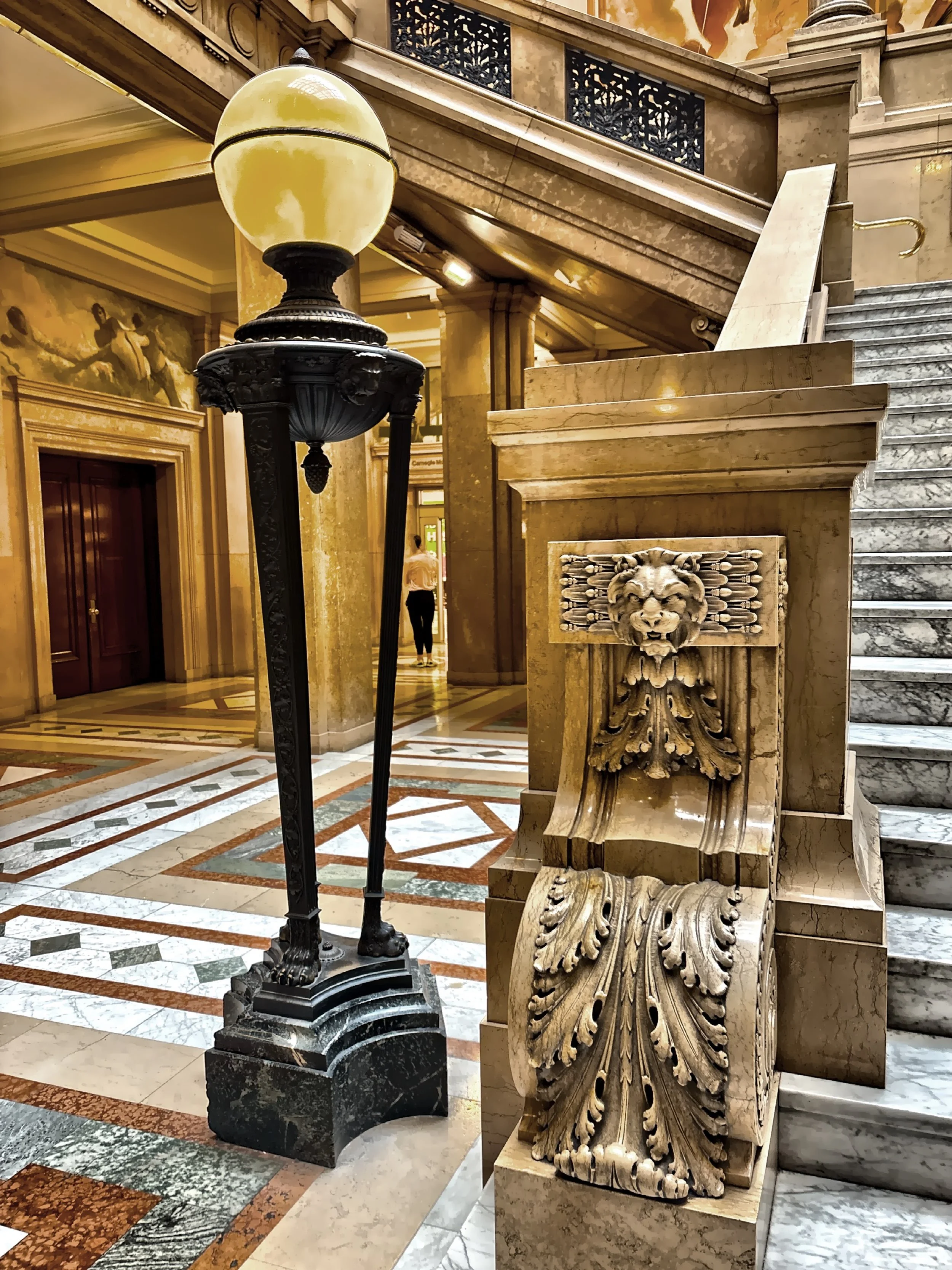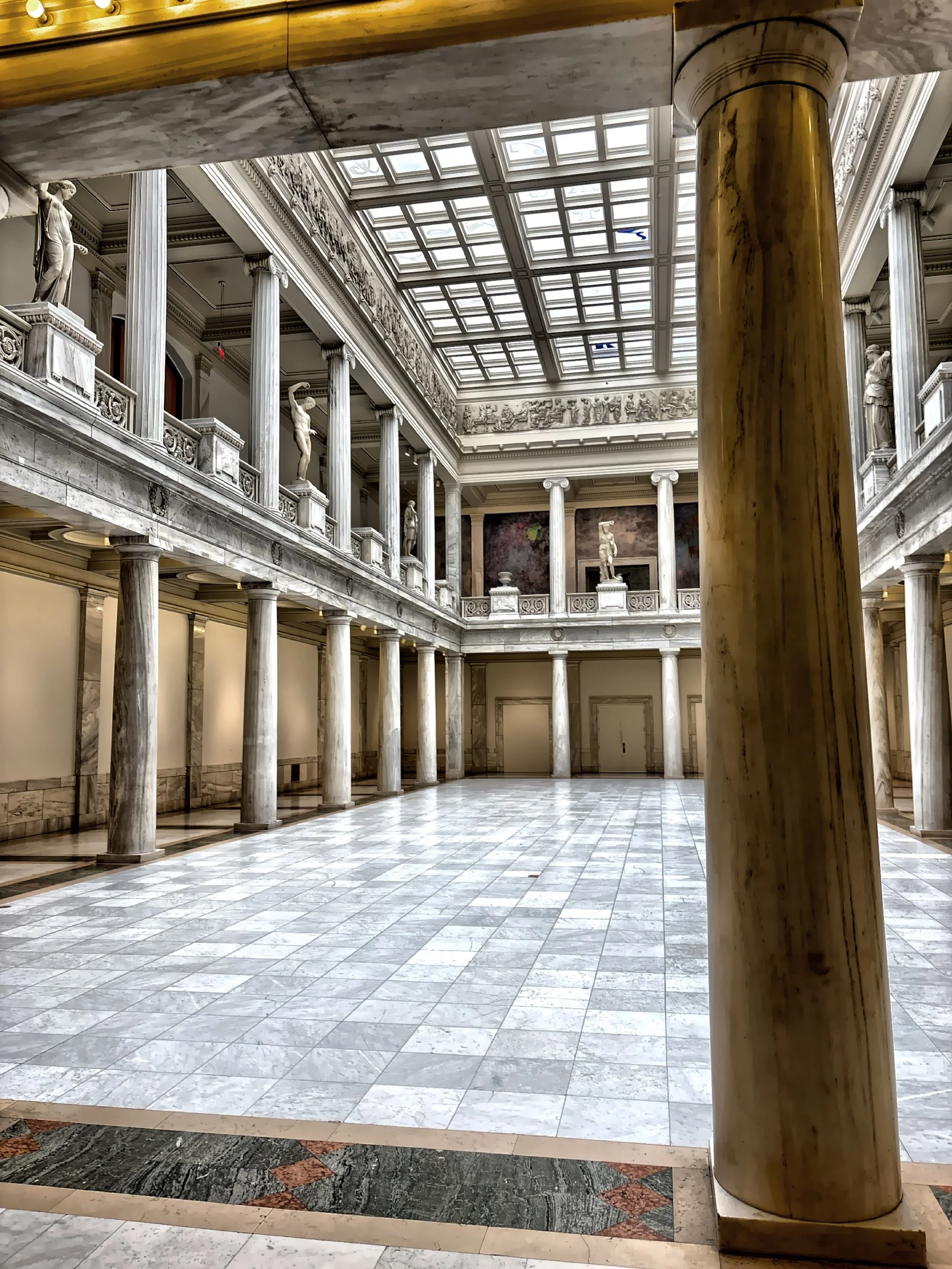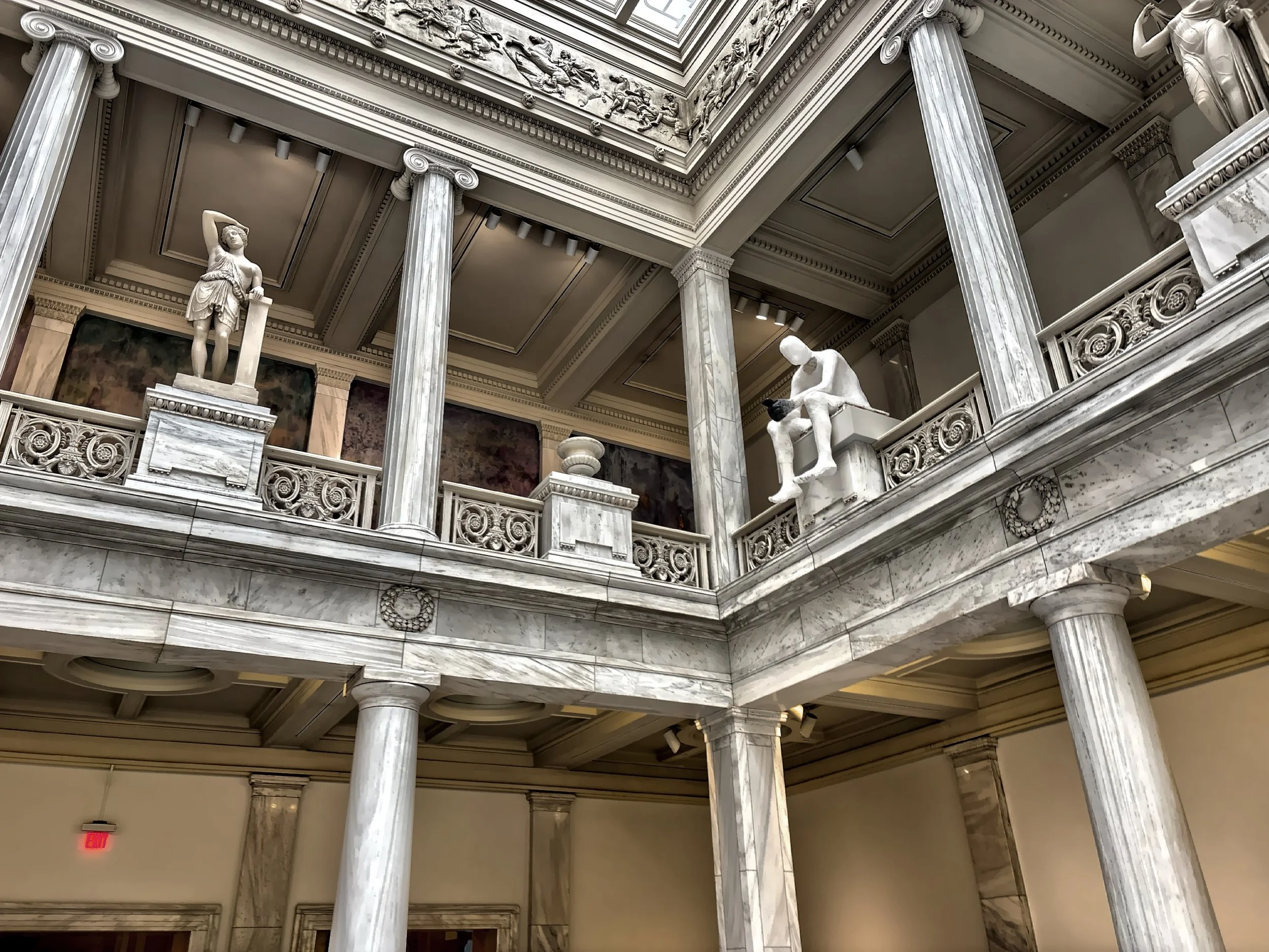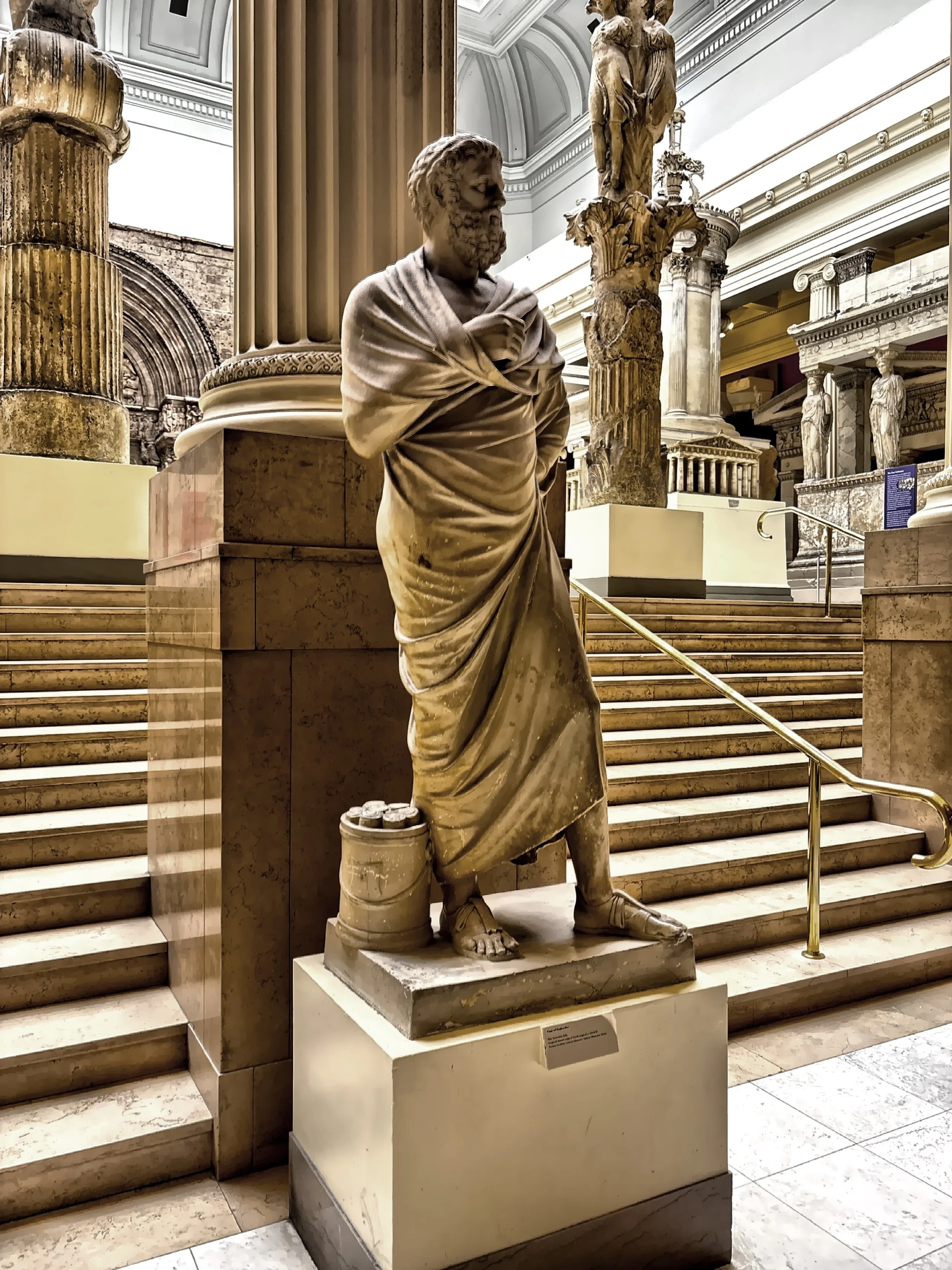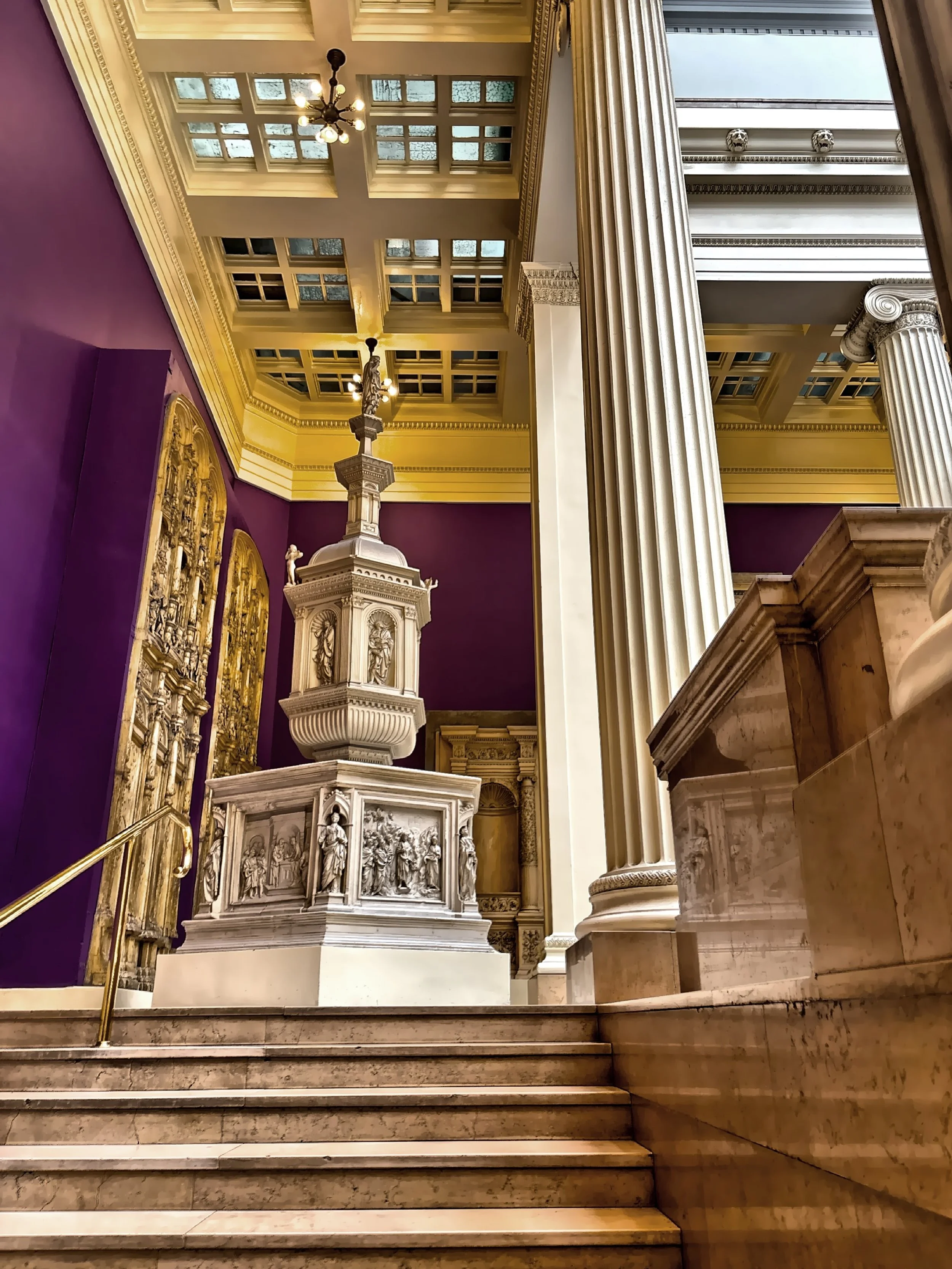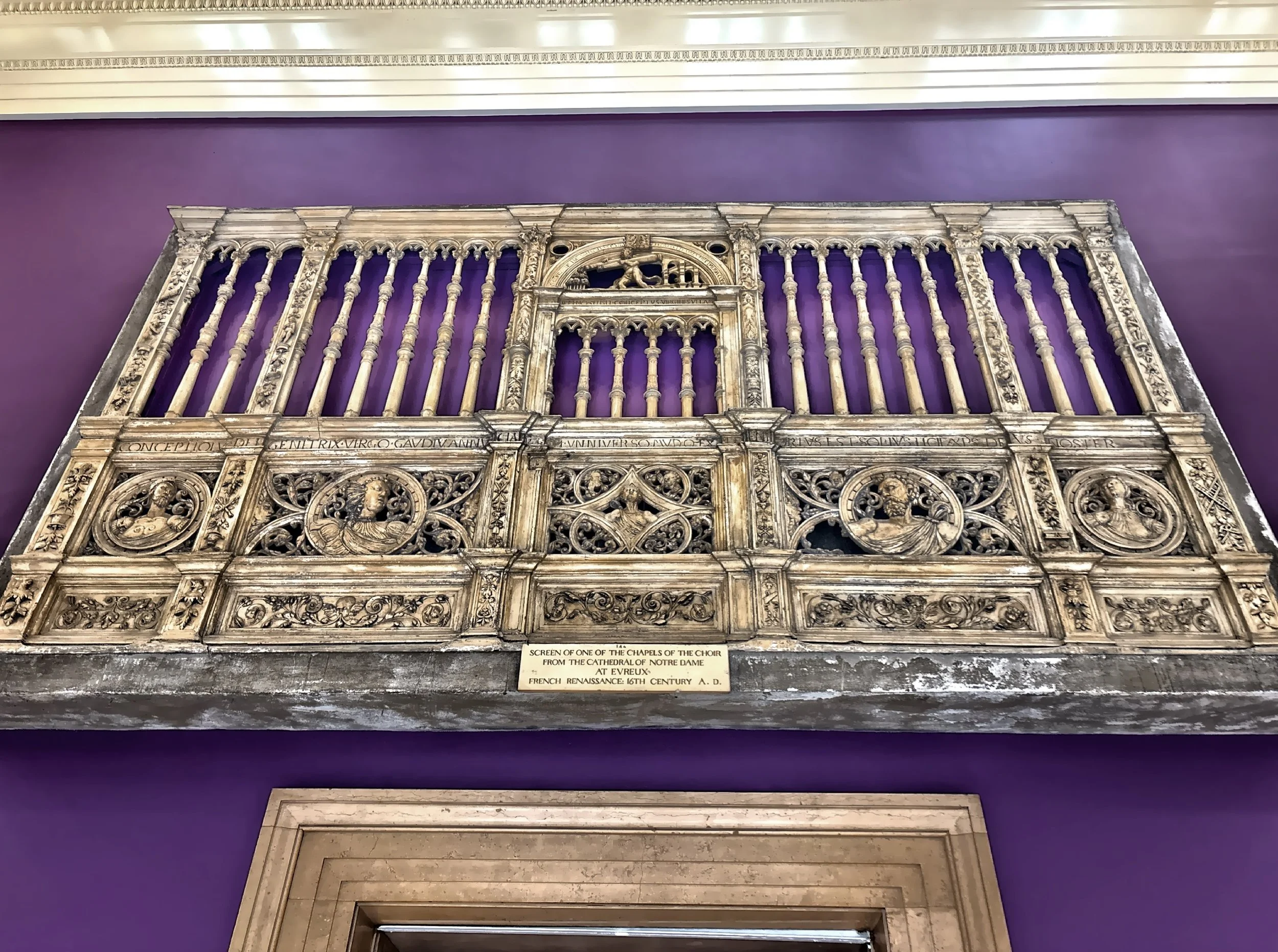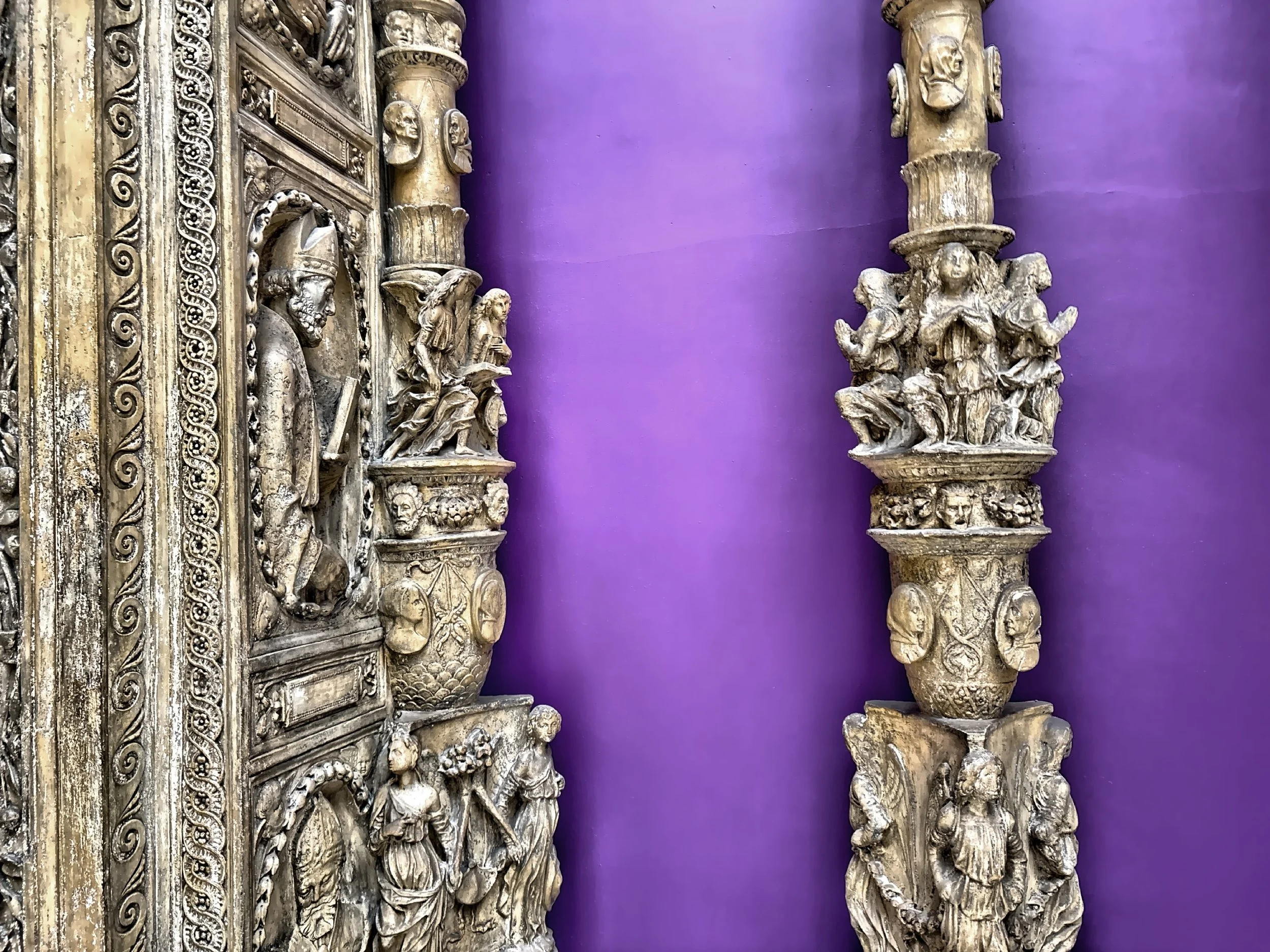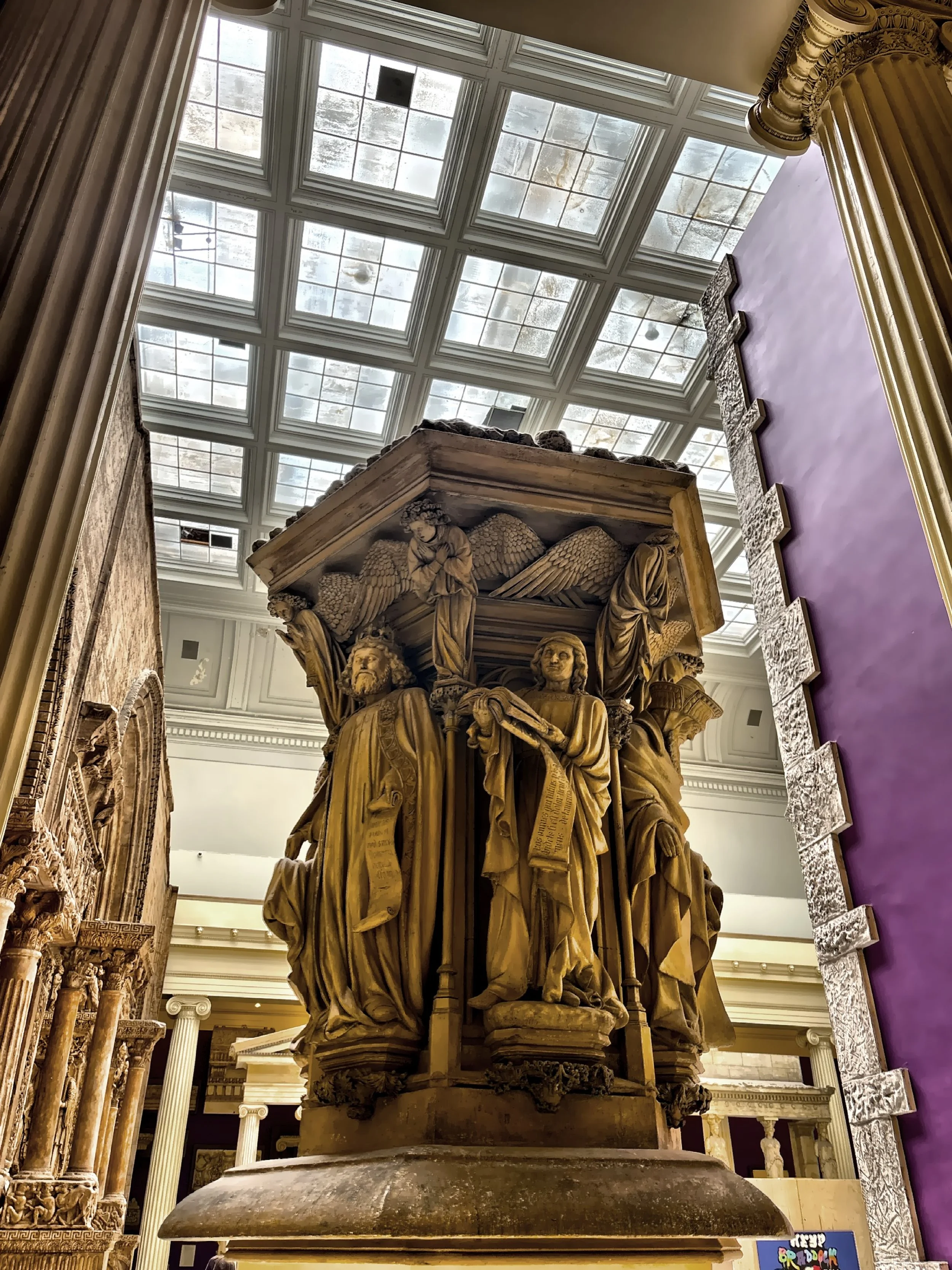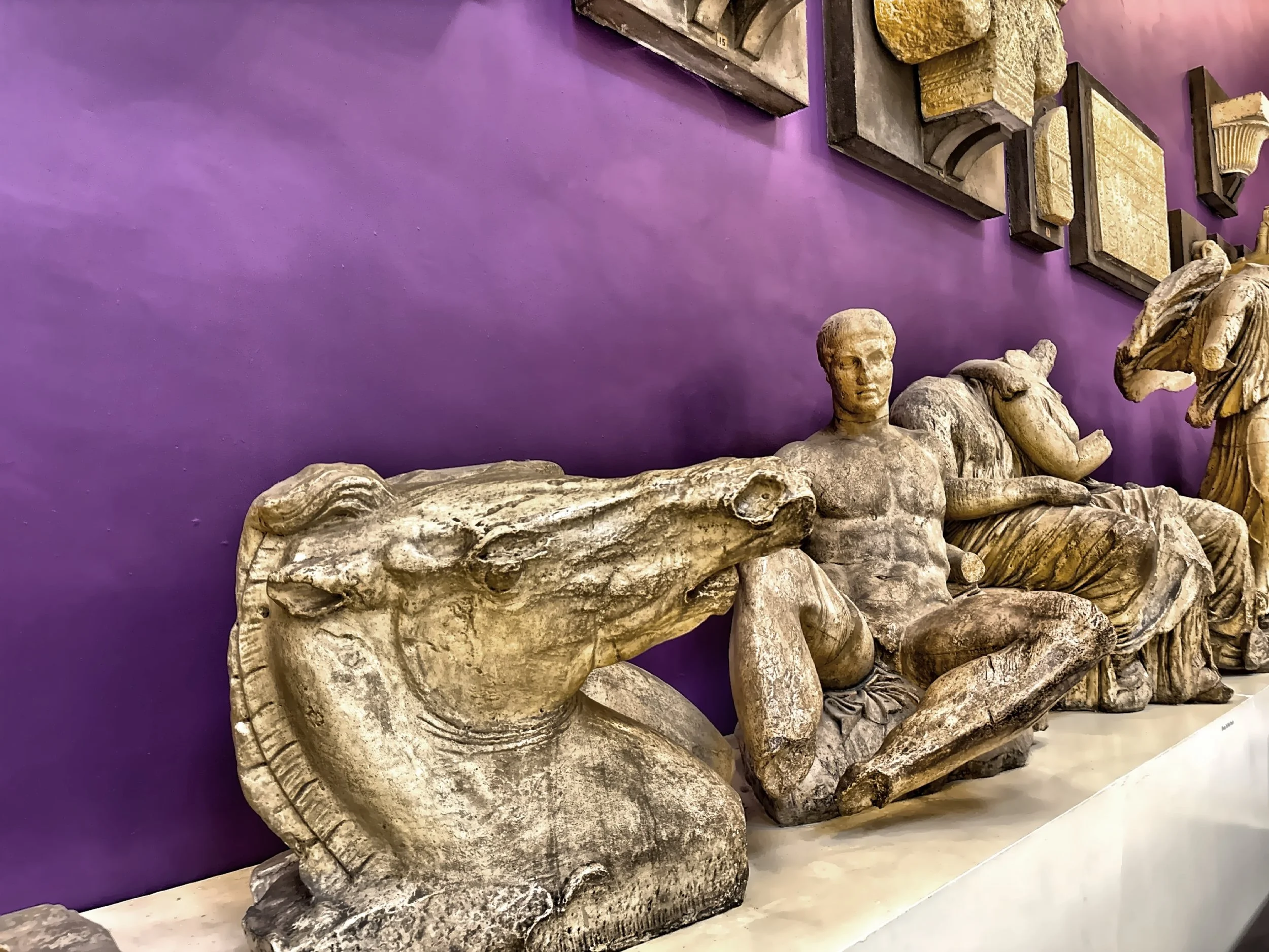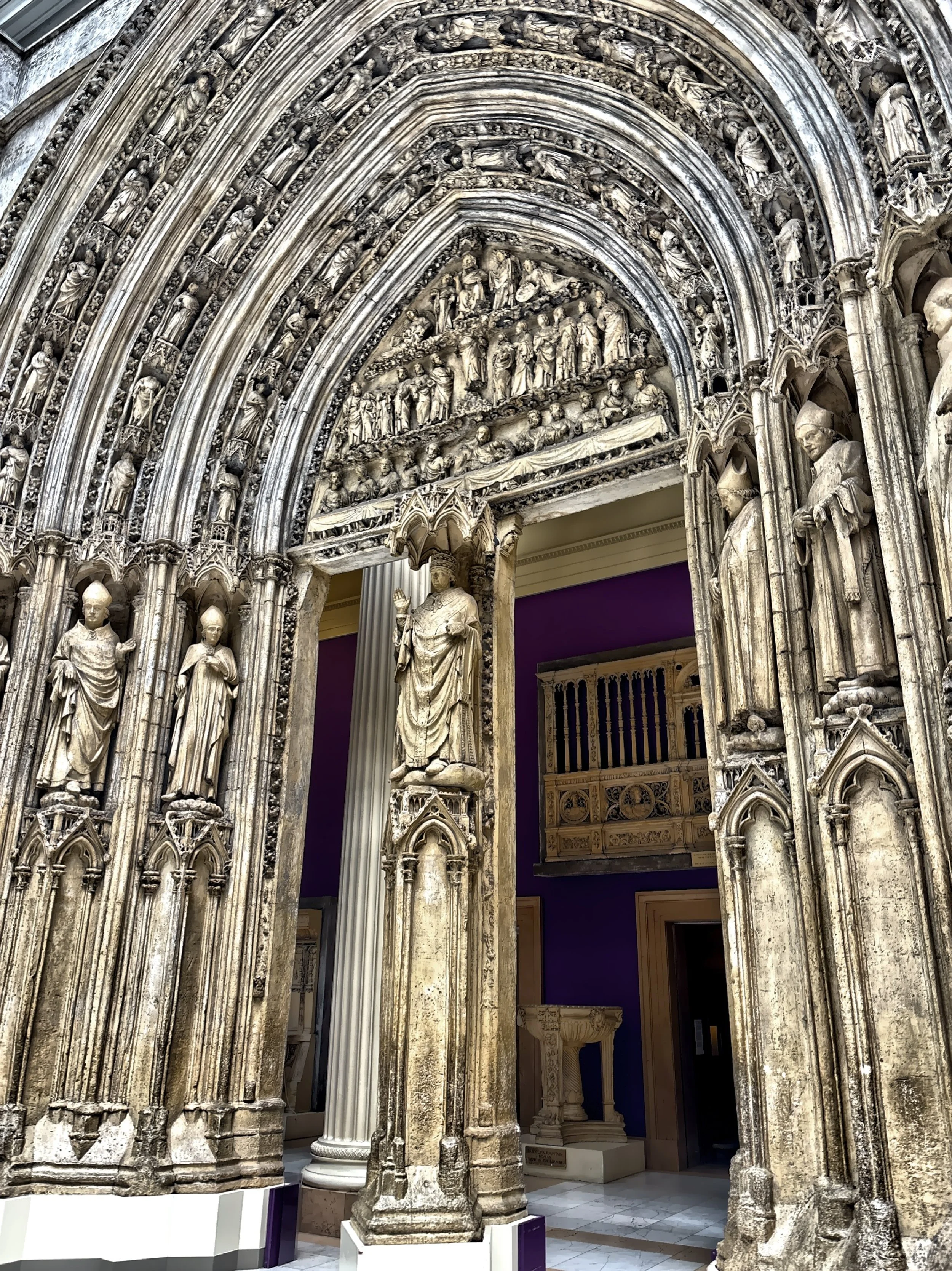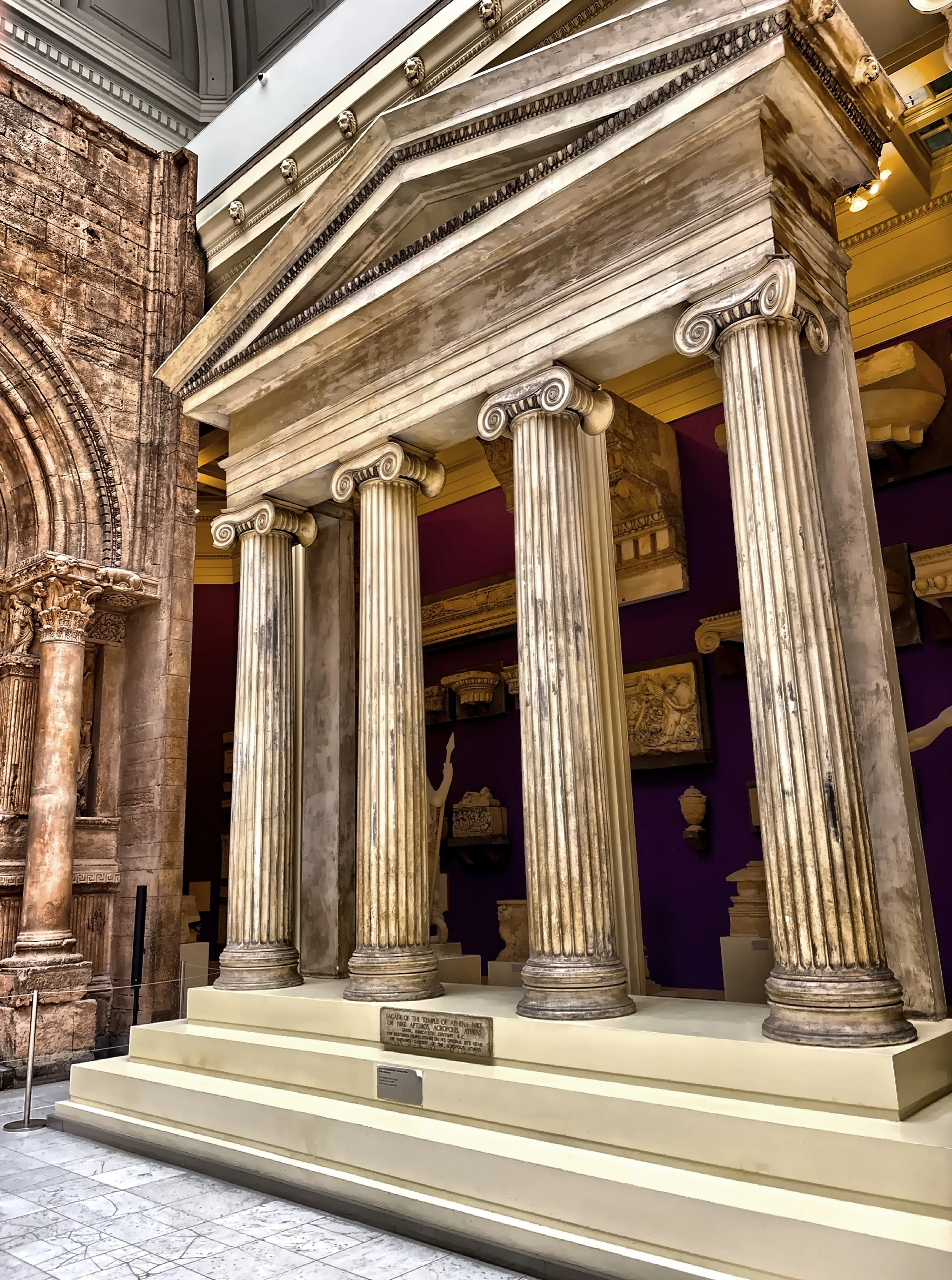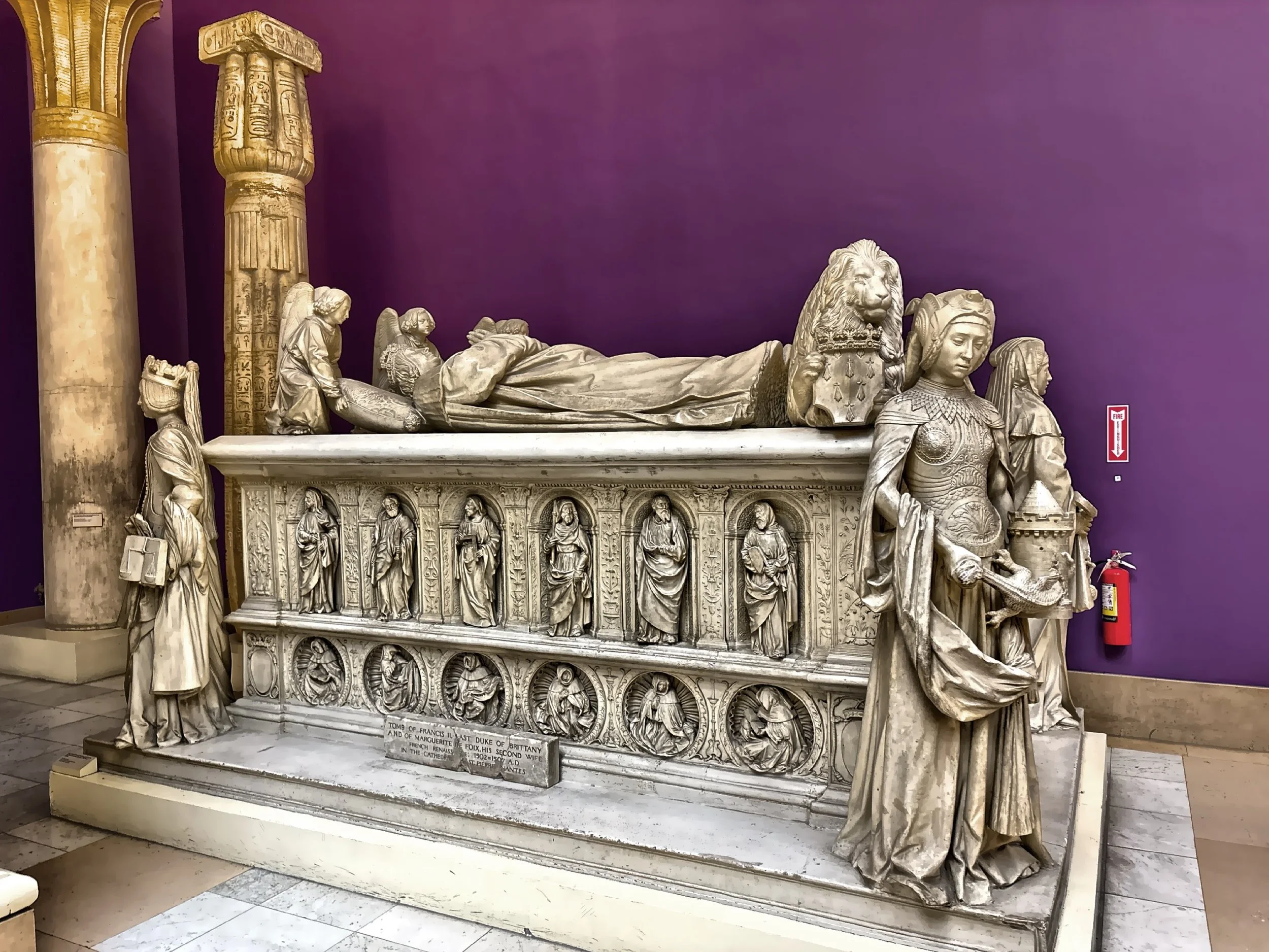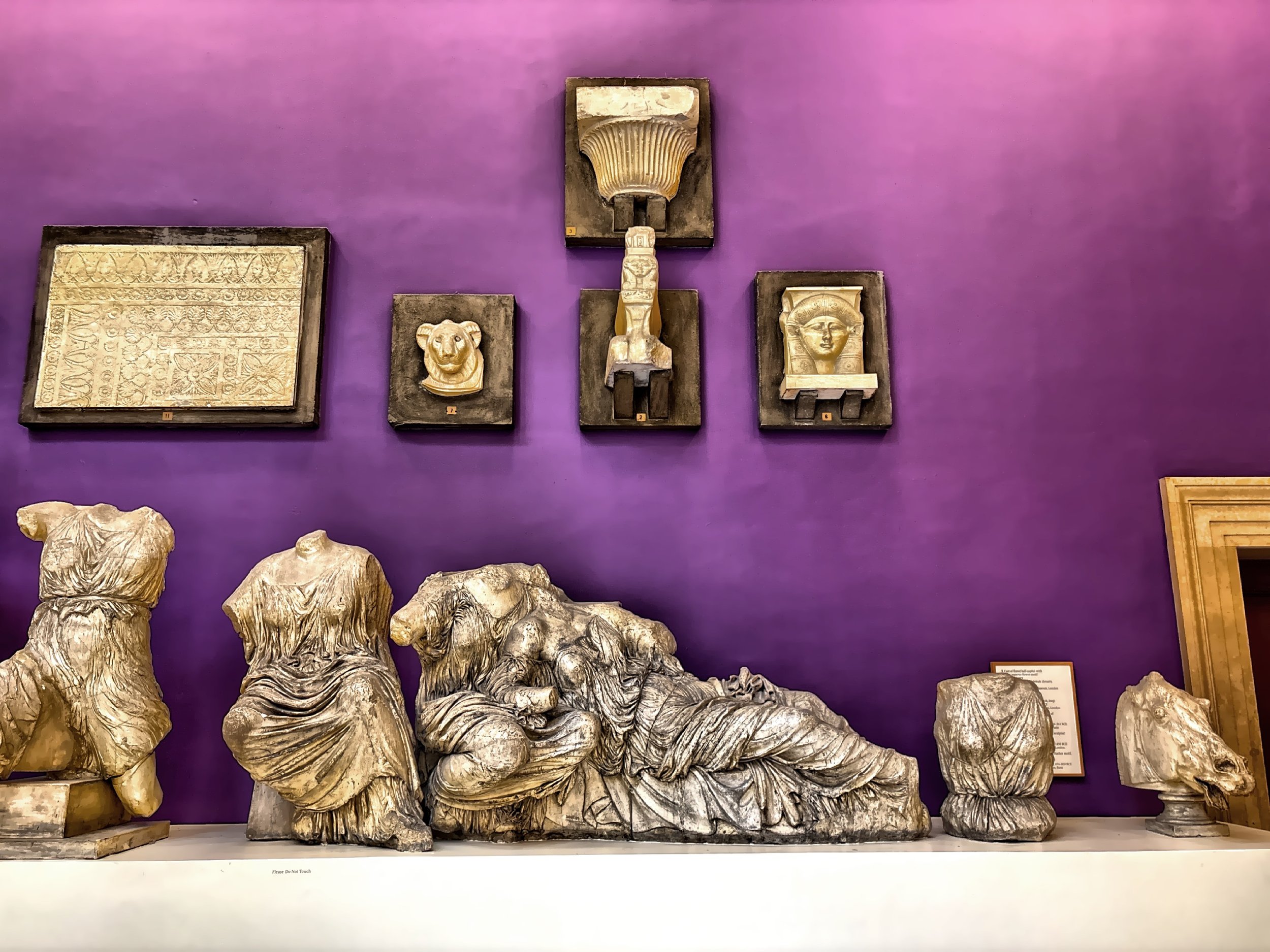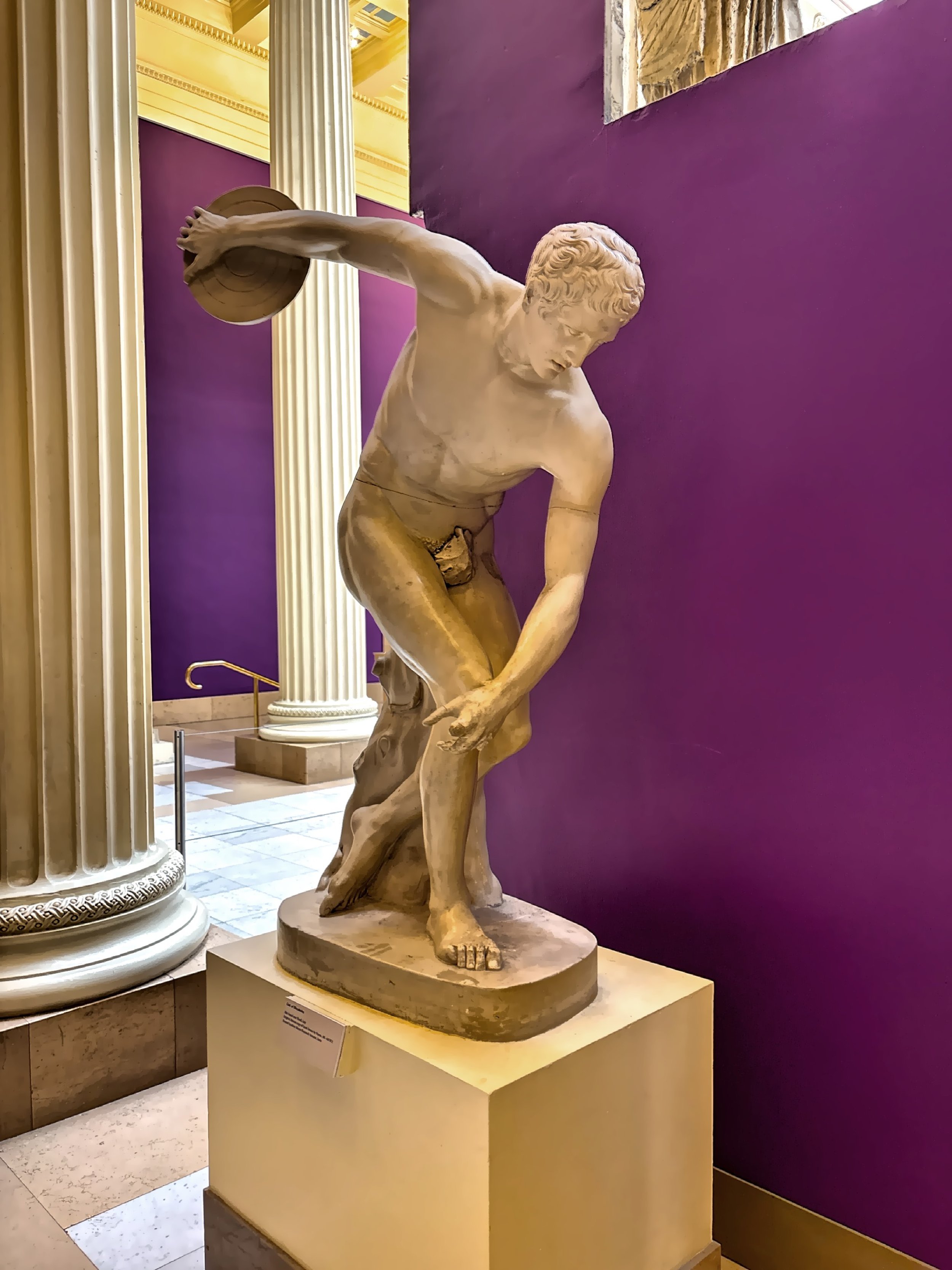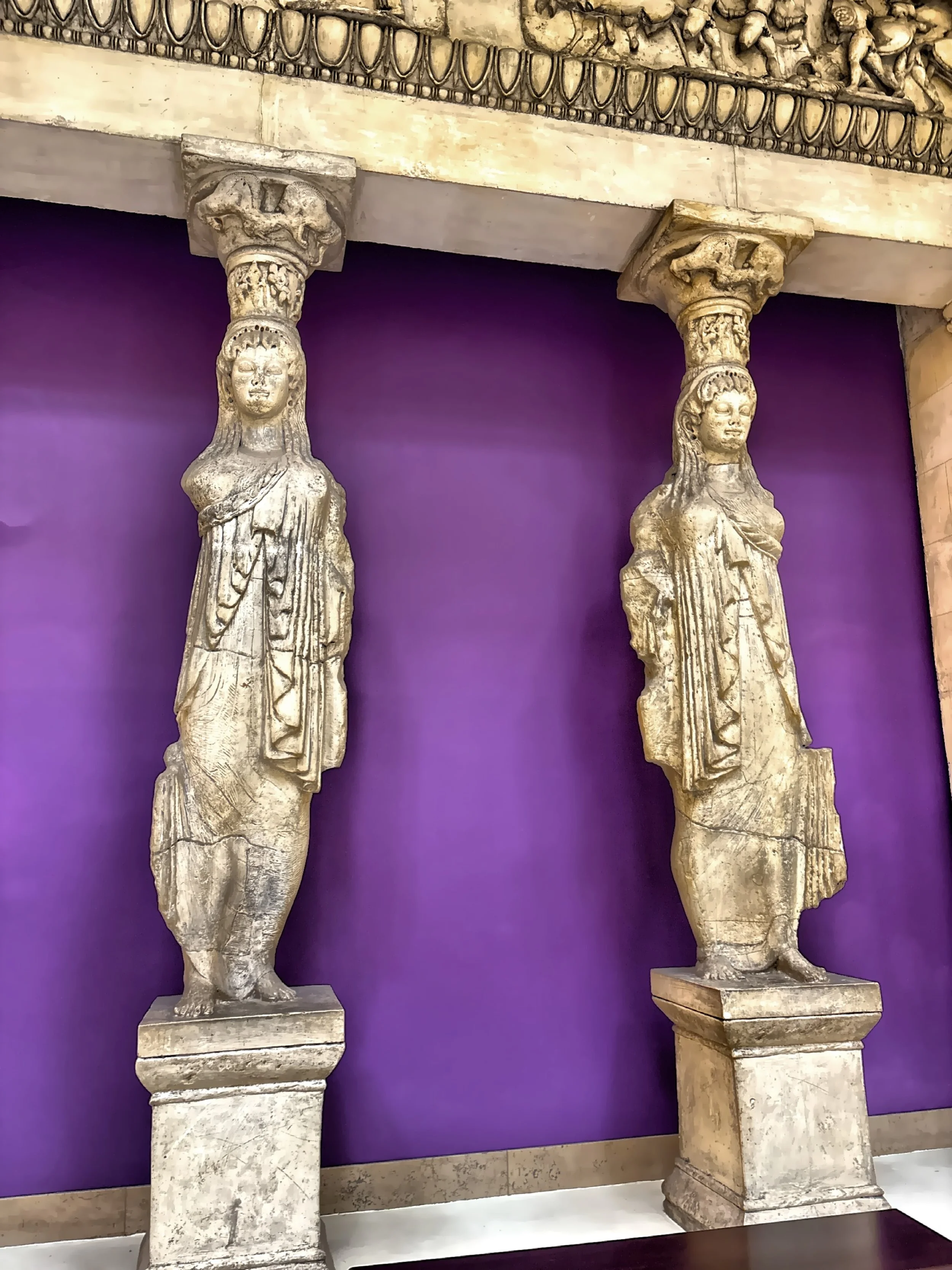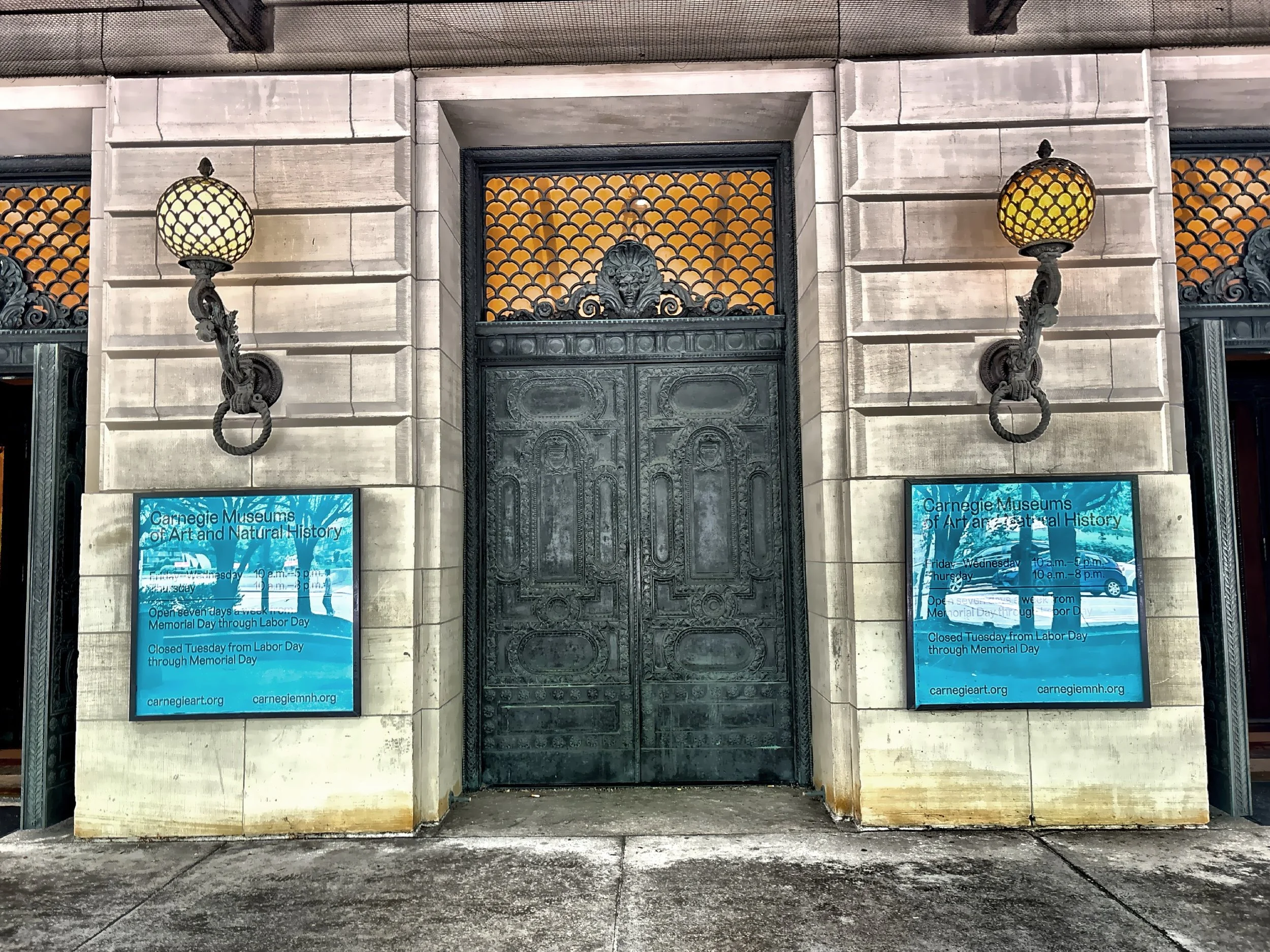Hall Of Plaster Masterpieces - Carnegie Hall Of Architecture & Sculpture
When the Carnegie Institute first opened its doors in 1895, it introduced a hybrid institution that combined museums, a library, and a music hall—all housed within the spaces that now known as the Carnegie Library of Pittsburgh and the iconic Carnegie Music Hall. The architectural firm responsible for these landmark structures was Longfellow, Alden & Harlow.
A decade later, the Institute underwent an expansion that included new galleries, social spaces, and artworks were added, including the Grand Staircase with a mural by John White Alexander, The Crowning of Labor. The expansion also introduced the Hall of Sculpture—modeled after the Parthenon in Athens—and the Hall of Architecture, which showcases an extraordinary collection of plaster casts of historic European masterpieces.
Since 1907, the collection of over 140 plaster casts of architectural masterpieces from the past have been a treasure of Pittsburgh. The Hall of Architecture was inspired by one of the Seven Wonders of the Ancient World, the Mausoleum at Halicarnassus, and it has remained intact through decades of public exhibition.
This collection was made possible by the vision of Andrew Carnegie, who by 1907 had amassed a collection of 144 architectural casts, 69 plaster reproductions of sculpture, and 360 replicas in bronze, including Apollo Belvedere and the Venus de Milo, as well as the Florence Baptistry doors, and even a full reproduction of the facade of St.-Gilles-du-Gard.
The nearby Hall of Sculpture was inspired by the iconic Parthenon temple in Athens, Greece, and is modeled after the Parthenon’s inner sanctuary.
The nearby Hall of Sculpture was inspired by the iconic Parthenon temple in Athens, Greece. Specifically, it is modeled after the Parthenon’s inner sanctuary, known as the cella, with a choice capture the grandeur and harmony of ancient Greek design. The layout and proportions echo the original sanctuary—which once housed a monumental statue of Athena—the Hall of Sculpture creates a timeless and reverent space ideal for displaying classical works of art.
This is what caught my eye; I hope you enjoy!
Do you like the images posted?
Click here to explore the shop.
What you should know:
The museum is self-guided.
There are public restrooms.
Parking options include both on the street metered and nearby garage.
Check the website for days and hours of operation, and any special events.
There is an admission fee which can be purchased online or in person.
The admission charge will also get you entry into the Natural History and Art Museums.
Location: 4400 Forbes Avenue, Pittsburgh, PA 15213
For more information: Hall of Architecture
If you enjoyed this post, feel free to check out my previous posts by clicking here.

